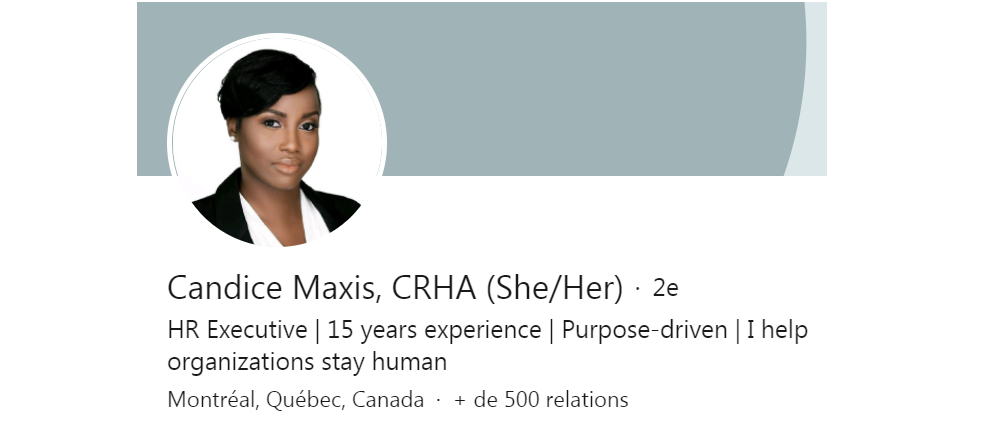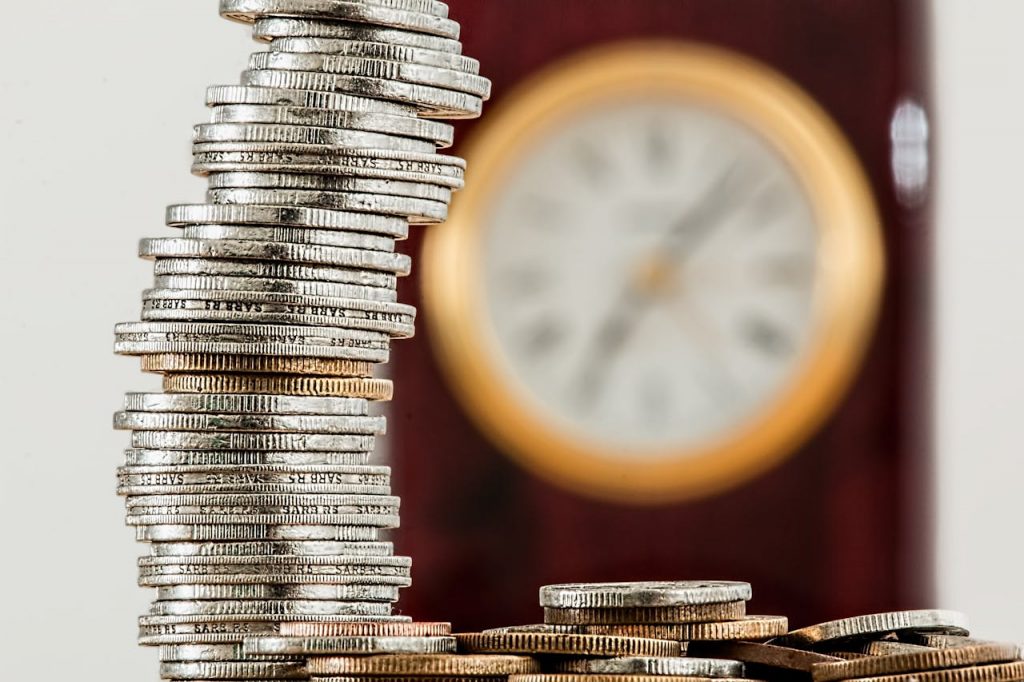More and more professionals mention their gender identity after their name on their LinkedIn profile (ex.: he/him, she/him, he/they) Is this the “new standard”? Is this a personal choice or a collective responsibility? We wanted to better understand this action. Interview with two HR professionals on LinkedIn: Catherine Chartrand-Crépeau, RH Consultant (she/her), and Candice Maxis (she/her).
How did you become aware of this practice, and why did you adopt it?
Catherine Chartrand-Crépeau: First, I was made aware by social networks last summer, especially on Instagram. From my understanding, this “movement” began with the goal of standardizing gender identification in profiles so everyone would be comfortable identifying themselves as they wanted.
I felt that it could be a simple gesture to make, but that by the force of numbers, could become powerful. I didn’t even ask myself the question for more than 30 seconds, that goes without saying. And if it can, on the one hand, educate and create, on the other hand, conversations, that’s great.
Candice Maxis: Before I arrived at Deloitte, I knew that the company had done a campaign in 2019 to encourage employees to include their pronouns in their e-signature to facilitate interactions.
Since then, it has been quite commonly used internally. Externally, I noticed that several people indicated it on LinkedIn. So I decided to add it too.”
What is your perception of this action: is it now something that goes without saying or is it a strong statement? Is it a personal choice or a kind of social responsibility?
Candice Maxis: Personally, I really appreciate the specific pronouns, especially when the person does not have a common first name like Julie or Luc. These pronouns also identify people who identify as non-binary. For me, it is a personal choice that allows one to respect the other without making assumptions.
Catherine Chartrand-Crépeau: I don’t see it as a social responsibility; I see it as a personal choice. A position, for the values of accessibility, acceptance, respect and integration that are important to me. It shows a desire for inclusion, integration, openness.
I note that many CHRA choose to mention their gender identity on LinkedIn. Do you know if the Order of CHRA is raising awareness in that regard?
Candice Maxis: I am not aware that the Order is raising awareness on this subject. This is a shift that some companies are deliberately taking, following the example of Deloitte, which carried out a communication campaign on gender identity.
Catherine Chartrand-Crépeau: I don’t recall the Order raising awareness. I think that, in HR, we all have a special sensitivity towards others and we deeply want people to feel comfortable at work.
Part of the HR role is to make sure that the candidates and employees you meet are comfortable so that the person you work with is the best version of themselves, that they can be at their best in their day-to-day work.
Putting our pronouns of gender identity is just one action to make the people we work with comfortable and demonstrate our accessibility. At least for my part, I find that it is a gesture that is easily accessible and that can bring a lot.
Gender identity sometimes sparks heated debates on social media or in the pages of some newspapers. What are the echoes in your personal and professional environment?
Catherine Chartrand-Crépeau: To be honest, nothing! No one asked me about that. It seems to me that people who have done the same thing, that is to put their pronouns in parentheses in their professional titles, have noticed that. Having said that, I think it’s also a bit contagious, and it can encourage other professionals to do the same.
Resources
Gender identity refers to the gender to which a person belongs. In the social sciences, a person’s sex or sexual type refers to biological characteristics and gender refers to a social construct. Gender identity may not be aligned with sexual identity. It is also distinct from sexual orientation (heterosexuality, bisexuality, pansexuality, homosexuality, etc.)”
– Source: Wikipedia
Gender identity is the personal and deeply felt sense of being male, female, neither one nor the other, or both. This feeling appears very early in childhood, sometimes even from the age of two. Everybody has a gender identity. The gender identity of most people corresponds to the sex that was assigned to them at birth; they are said to be cisgender. Other people, however, have a gender identity that differs from the one they were assigned at birth; these people are said to be transgender.“
-Website of the Gouvernement du Québec




